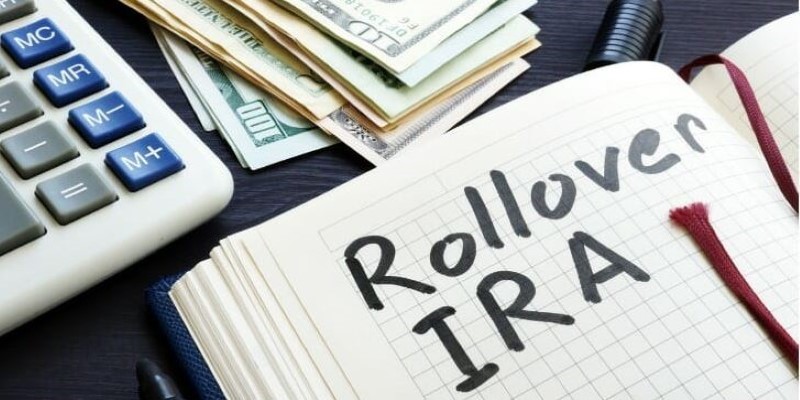The VA funding fee is a cost that most veterans, active-duty service members, and eligible beneficiaries pay when using a VA loan to buy, build, or refinance a home. This fee helps support the VA loan program and makes it possible for veterans to enjoy benefits like no down payment and competitive interest rates. It’s a one-time payment that varies based on your loan type and military service history.
What Is the VA Funding Fee?

The VA funding fee is a one-time payment required for most borrowers when they take out a VA loan. It helps reduce the cost of the VA loan program to U.S. taxpayers since VA loans require no down payment or private mortgage insurance (PMI). Essentially, the fee keeps the VA loan program sustainable while still making it an affordable option for qualified service members, veterans, and their families.
Unlike other charges associated with traditional loans, the VA funding fee is unique to VA loans, which are guaranteed by the Department of Veterans Affairs. It’s worth noting that while this fee adds to the cost of borrowing, it’s still far less costly than the alternatives typically found in conventional loan programs.
Why Does the VA Funding Fee Exist?
The VA provides exceptional benefits with its home loan program, including competitive interest rates, no down payment requirements, and no need for PMI. These perks make it easier for military-affiliated borrowers to achieve homeownership. However, to maintain this program for future veterans, the VA funding fee helps offset the risk and financial burden for taxpayers.
How Much Is the VA Funding Fee?
One of the most common questions about the VA funding fee is, "How much does it cost?" The fee amount varies based on several factors, such as:
- The loan type (purchase, refinance, etc.)
- Your down payment amount
- Whether you’re a first-time VA loan user or a repeat borrower
Here’s a quick breakdown of VA funding fee percentages for loans closed after April 7, 2024:
First-Time Use
- No down payment: 2.15% of the loan amount
- Down payment between 5%–9.99%: 1.5%
- Down payment of 10% or more: 1.25%
Subsequent Use
- No down payment: 3.3%
- Down payment between 5%–9.99%: 1.5%
- Down payment of 10% or more: 1.25%
Example:
If you're buying a home with a VA loan of $200,000 with no down payment as a first-time user, your VA funding fee would be $4,300 (2.15% of $200,000).
These percentages can seem overwhelming at first, but keep in mind that VA loans still save borrowers thousands of dollars over time by eliminating PMI and reducing down payment requirements.
Can the VA Funding Fee Be Waived?
Yes, some borrowers are exempt from paying the VA funding fee. Typically, this exemption applies to:
- Veterans receiving VA disability compensation for a service-connected disability
- Surviving spouses of veterans who died in service or from a service-related disability
- Service members with a proposed or memorandum rating indicating eligibility for compensation
If you believe you may qualify for an exemption, ensure this is verified before closing your loan to avoid unnecessary charges. Lenders will typically ask for your Certificate of Eligibility (COE) to confirm your status.
How Is the VA Funding Fee Paid?
Borrowers have two options when it comes to paying the VA funding fee:
Pay it upfront at closing
Borrowers can choose to pay the entire funding fee as a one-time payment during the loan closing process. This eliminates the need to pay interest on the fee over the life of the loan.
Roll it into the total loan amount
Most borrowers choose to finance the VA funding fee as part of their mortgage. While this increases the total loan amount and monthly payments slightly, it reduces the upfront cost at closing.
Which Option Is Better?
The decision depends on your financial situation. If you have enough savings to cover it upfront, paying the fee outright could save you money in the long run. However, if minimizing upfront costs is your priority, rolling the fee into your loan is a practical option.
Benefits of the VA Funding Fee

Absolutely, and here’s why:
- No down payment requirement: VA loans allow eligible borrowers to finance 100% of the home's purchase price without requiring a down payment.
- Lower interest rates: With VA loans, lenders typically offer lower interest rates than conventional loans, making it easier for borrowers to save money over time.
- Flexible credit requirements: The VA loan program offers more lenient credit criteria compared to traditional mortgages, making homeownership possible for many who may not qualify otherwise.
- Reuse benefits: Once a borrower pays off their first VA loan or sells the property and repurchases another with a VA mortgage, they can reuse their entitlement without having to pay an additional funding fee.
When you weigh the VA funding fee against these advantages, it’s clear that VA loans remain an excellent choice for eligible borrowers.
How to Qualify for a VA Loan
To qualify for a VA loan, you must meet the eligibility requirements set by the Department of Veterans Affairs. These requirements include:
- Discharge status: To be eligible for a VA loan, you must have an honorable discharge from your military service.
- Credit score: While there is no minimum credit score requirement for a VA loan, most lenders will look for a credit score of at least 620.
- Property requirements: The property being purchased must be in good condition and meet certain safety standards set by the VA.
Conclusion
The VA loan program is a valuable benefit for veterans, active duty service members, and eligible spouses to help them achieve the dream of homeownership. It offers numerous benefits such as no down payment, competitive interest rates, and flexible credit requirements. However, it's important to understand all the eligibility criteria and requirements before applying for a VA loan.












